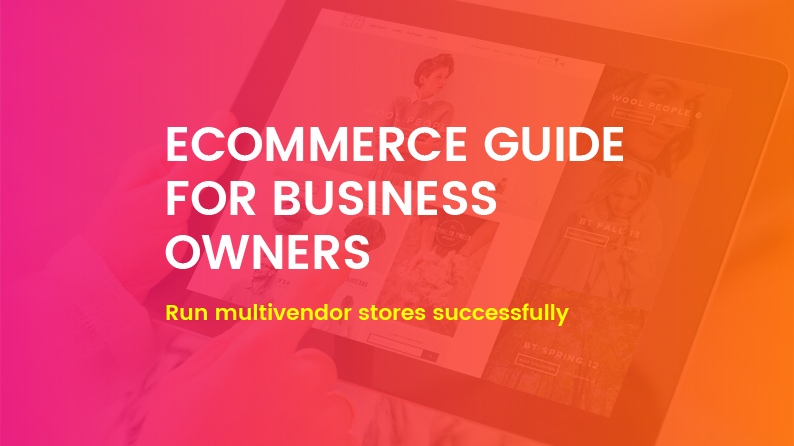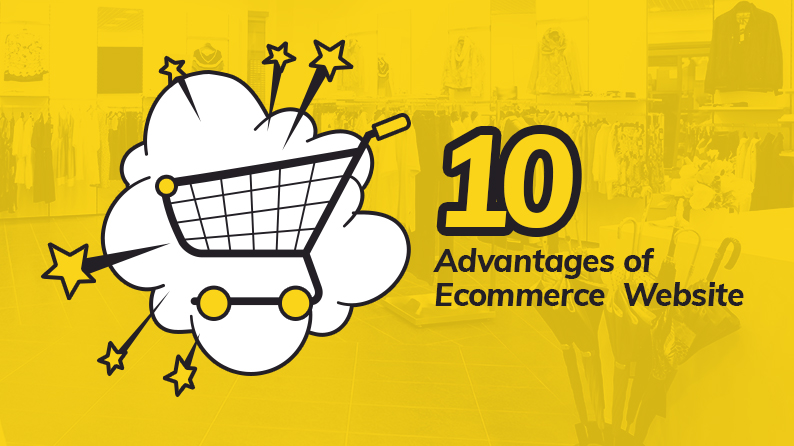Today, we take online shopping for granted. But if we pay heed to it, it all looks like magic in comparison to the traditional shopping. You visit your favorite store – Amazon, eBay, Flipkart, etc. – explore the inventory of thousands of products, select a product, make the payment, checkout, and your order is shipped at your doorstep after some time. It all has become so easy for our customers. However, there is a lot that goes behind these ecommerce multivendor marketplaces that make this whole process run so smoothly.
From managing inventory to optimizing the website itself, there are several components that ecommerce marketplace owners need to keep a constant check on. Even if one of them does not work properly, even for a short period, the whole system can fall apart – resulting in annoyed customers & loss of business.
By understanding how each and every component of a multivendor store works, aspiring entrepreneurs looking to launch an ecommerce marketplace can easily ensure that all their customers see is the magic happening on the website.
This guide covers each and every aspect of a multivendor website allowing anyone to organize their own marketplace. Before we move ahead, let us quickly look at various benefits of the multivendor store for the business owner, sellers, and consumers.
Benefits with Multivendor Model
Site Owner
Having multiple vendors means that the site owner can offer a larger variety of products to the customers. It also helps in increasing traffic to the store and reduces store management time. The biggest benefits come from the fact that multivendor store owners do not have to keep inventory and can just do drop-shipping. They can act as a moderator for suppliers instead of being a supplier themselves.
Suppliers
Sellers don’t have to go through the stress of opening a new store themselves and worry about generating traffic for the website. Small sellers prefer multivendor stores where it is easy to sell their products rather than having their own online single vendor store, as they can take advantage of existing site traffic to get better visibility.
Also, the setup costs associated with multivendor marketplace platforms are lower; in comparison to an exclusive single-vendor website. In all likelihood, a multivendor marketplace platform imparts more operational efficiencies and profit margins.
Customers
The biggest beneficiary of a multivendor store is probably the consumers who get more variety at a single place. Rather than going to multiple websites of sellers, consumers get everything under a single roof. Having endless options and a centralized system of purchasing also offers flexibility and builds trust in people.
Another advantage of a multivendor marketplace platform to customers is access to niche products and low volume products that are not available exclusively. Also, the lower operating costs and competition among vendors leads to transparent and dynamic pricing.
Suggested read – 10 Questions Every Entrepreneur Should Ask Before Starting an Ecommerce Store
Challenges with a Multivendor Model
There are some clear benefits of having a multivendor store, but launching a multivendor store has its own fair share of challenges. But those who overcome these challenges surely enjoy success.
- The biggest challenge is finding the right ecommerce platform that is scalable to support your business growth
- Finding and connecting vendors with your marketplace is another issue that has to be dealt with in addition to creating a catalog
- Handling the marketing of your marketplace to ensure that consumers buy from your marketplace rather than the competition
- Ensuring quality control so that no fraudulent sales happen on your website and the customers are happy with sellers.
These challenges are just the tip of the iceberg, but taking care of them will definitely ensure smooth flow. For better management of a multivendor store, take a look at the following best practices.
Multivendor Store Management – Best Practices
Having a catalog is better than depending upon sellers
Rather than depending upon sellers to upload pictures, specifications and descriptions of the product, it is always a better choice to have a catalog maintained by yourself, in order to keep things tidy. Hence a multivendor marketplace software with a catalog feature ensures that the information available on your website is high quality, which implicitly makes your website consumer friendly.
Encourage buyers to update product ratings and reviews
A multivendor store having ample ratings and reviews automatically become a preferred choice of customers; for the obvious reasons that it allows them to make a more informed purchase decision. Therefore, it is highly recommended that you encourage customers to leave reviews & ratings on your online marketplace. This will not only catapult the sales but will also turn customers in the biggest sales persons of your ecommerce store.
Have a competitive commission charge
The main revenue stream of the multivendor website is the commission charge from vendors on each sale. This fee is usually a percentage of a vendor’s sales and varies from category to category. When determining a seller fee, it might be good to look at what other multi-vendor stores charge and offer a slightly better deal to the sellers.
Suggested Read: Demystifying Ecommerce Marketplace Revenue Model – Commission vs Subscription
Have a robust order management system
Managing orders in the right manner is the key to keep your store organized. Usually, store owners keep track of all the orders placed on the website, however, they can also let sellers acknowledge and process the order under the stipulated time so that there are no delays.
On time shipping and delivery
When it comes to drop shipping, usually the website owner takes the responsibility of handling the logistics. However, there can be cases where the sellers themselves ship the product directly to the consumers. Even in that case, store owners must keep a track of the progress & also keep customers in the loop. Another thing to keep in mind is not putting the shipping cost on to the customer. Free shipping is what makes most of the consumers prefer one online store over another.
Streamline vendor payment
Processing each payment as soon as the order comes in is not always efficient, as most of your time will be spent in keeping track of the payments only. You can either use a payment schedule where you process the payments in bulk every 15 days, which will also allow sellers to know when they are getting paid. Or you can use a platform that automatically sends payments to vendors when an order is processed.
The market for a multivendor ecommerce store is growing substantially as consumers are starting to prefer multivendor store over single vendor stores. Launching and running a multivendor store is a highly lucrative business model. However one must keep all the basics, as discussed in this post, in mind, in order to ensure success.



